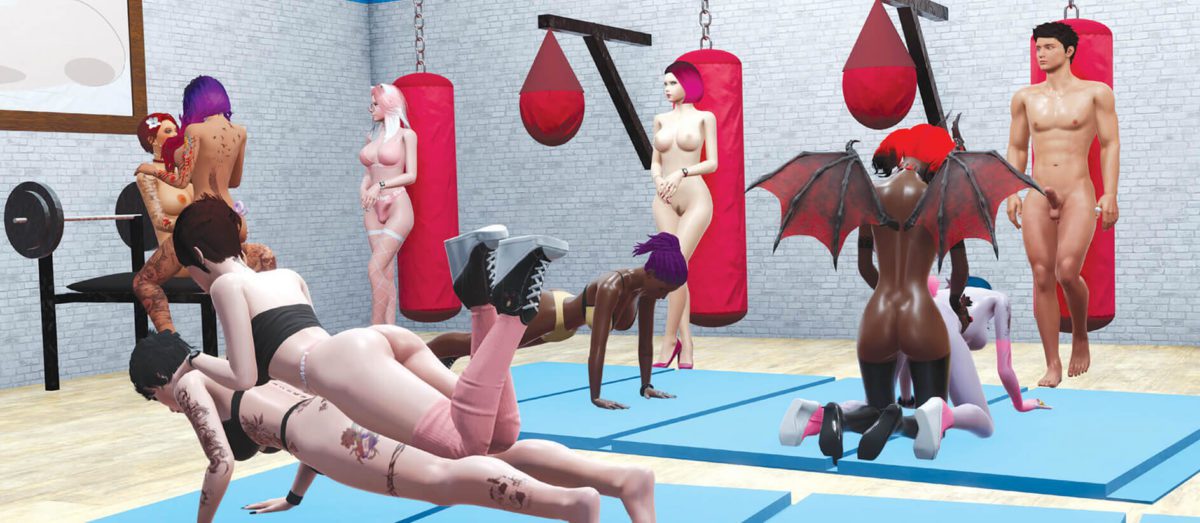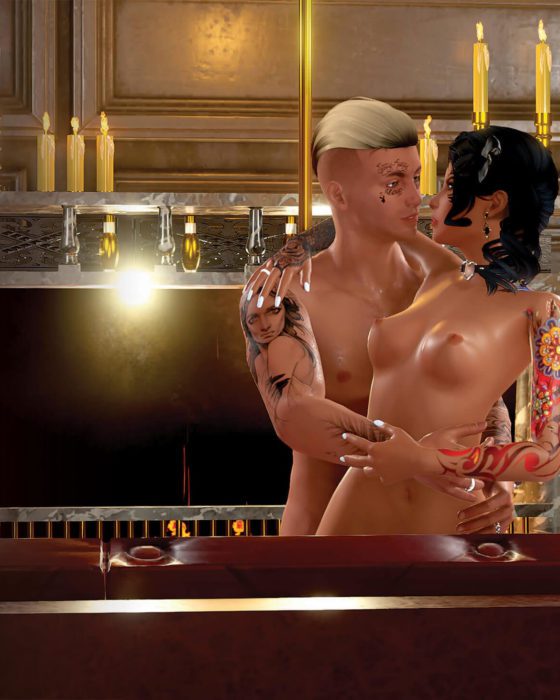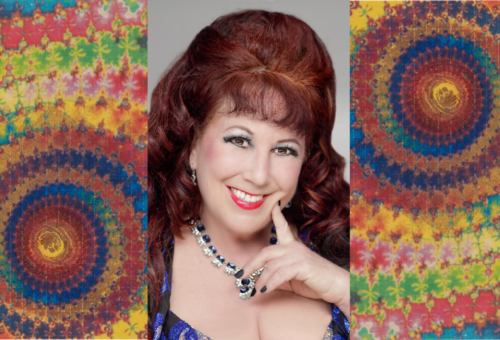Have sex with different partners every single day…safely.
Finding a great relationship has always been a challenge, but it’s been tougher since COVID—at least for those of us looking for a three-dimensional partner. Online dating, hookup apps and social media have facilitated a variety of happy endings for quarantined lonely hearts, but there are other options—venues where individuals can safely experience varying levels of bonding and, yes, passionate sex: a virtual world.
When I first began researching this article, my understanding of the virtual realm was incredibly basic. I knew that users entered online worlds, where they created avatars, which they could then manipulate in digital facsimiles of real-world environments, like parks, coffee shops and clubs. They could even make their avatars dance or perform in rock bands. I wondered why they didn’t just dance or learn an instrument in real life. Nevertheless, with the intention of finding out how people form relationships or have sex in the virtual world, I jumped in. And my perspective quickly began to change.
There were a surprisingly large number of worlds to choose from. I chose two of the most popular: Second Life (SL) and 3DXChat. Second Life is a free-use, expansive virtual world that has been around since 2003, with around a million active users, and it is regarded as one of the most commercially successful. 3DXChat is membership-based, with tens of thousands of active users, and is centered around finding sexual partners within both company-designed and user-created environments. It has existed since 2012, and it has the reputation for providing easy social interaction and impressive graphics.



I created my avatar, entered the world of SL and was immediately overwhelmed. There were entire metropolitan areas with interactive shops, residential neighborhoods, carnivals, art galleries and as many facsimiles for real-world locations and fantastical variations on said locations as you can imagine. To gain a better understanding of this universe, I reached out to the folks at Linden Lab, the American tech company that created SL, who directed me to Bernhard Drax, an expert who has been chronicling Second Life for 15 years, working on documentaries and profiles about what he describes as this virtual world’s “relationships, entrepreneurship, art and culture.”
“Second Life is not a game,” Drax insisted. “You can play games in it, but the activities are so incredibly broad—universities do remote learning; furries go dancing; architects model real-world buildings; magicians role-play Harry Potter; Mrs. Jo Yardley rebuilt 1920s Berlin; people script, sell, play music, make love, etc.—that it is literally like so-called real life.” He described actual musicians who play live performances every day through the use of integrated audio and visual technology. Many of these musicians (who profit from their SL performances through entrance fees, tips and by selling real-world merchandise) routinely play to packed-to-capacity virtual clubs with about 80 attending avatars per show—more than this results in streaming lags—and “some of the top performers, like Oblee or Tia Rungray, make more than if they’d play in clubs; Oblee makes about $200 per hour in SL.”































